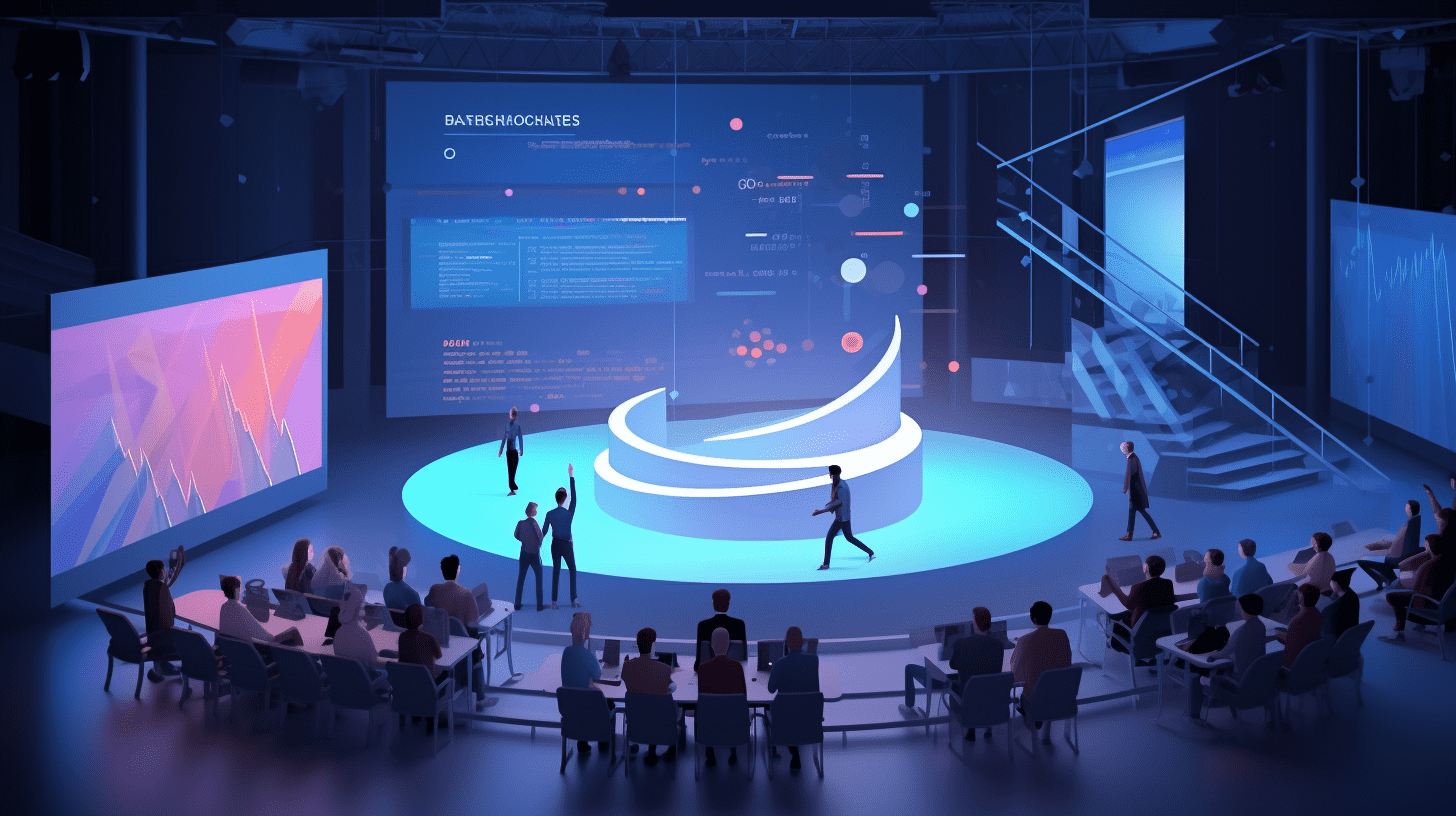Intel Corporation (INTC.US) conference call for Q1 2025: Full-year total capital expenditure target lowered to $18 billion.
Recently, Intel (INTC.US) pointed out in its 2025 first quarter earnings call that it expects to control its capital expenditures at $18 billion in 2025.
Recently, Intel Corporation (INTC.US) pointed out in the first quarter of 2025 earnings conference call that they believe they can control capital expenditures at $18 billion in 2025. The company will take a more aggressive approach to increase the return on investment already made, thereby reducing capital expenditures. Next year, a similar situation may continue, but it is too early to discuss guidance for 2026 capital expenditures, and they will also utilize assets under construction next year. In the long term, this is a highly capital-intensive model, with a capital intensity of about 25% under the Integrated Device Manufacturer (IDM) model, which is a reasonable long-term assumption.
In addition, regarding the development of the data center business, Intel Corporation expressed optimism for the remaining year, with product launches like Granite Rapids and the Xeon 6 series bringing traditional business integration drive, and Intel Corporation is one of the choices for integration of Co-packaged Optics (CPO) in the field of artificial intelligence, with improvements also starting in the telecom sector. However, there are still major concerns at the macroeconomic level. In the data center, similar to the client business, there is strong demand for older generation products, which is being addressed from a supply perspective.
Q&A
Q: How does Intel Corporation balance internal product roadmap with foundry business?
A: On one hand, it is important to flatten the organizational structure, focus on the right products, and deliver customer solutions; in terms of products and roadmap, focus on key products to ensure on-time delivery, and guarantee performance and power to meet customer needs. For the foundry business, 18A is important for PanterLake, gradually increasing yield and reliability for internal customers to use. On the product side, efforts should be made to drive product performance based on internal and external circumstances.
Q: Looking at 2025 overall and even 2026, what are Intel Corporation's gross margin targets and influencing factors?
A: In 2025, the client product portfolio will shift more towards Lunar Lake, facing pressure on profit margins due to memory and packaging issues, which will put pressure on gross margins; the AT&A business (Advanced Packaging and Testing) starting in Arizona has related costs and will also put pressure on the full-year gross margin. The situation will improve in 2026, as Panther Lake production volume will increase next year, with better profit margins than lunar Lake, and 18A used for Panther Lake will bring the benefits of wafer back to our own factory production, with the combined profit margin overlay effect. However, gross margin ultimately depends on revenue performance. Tariff instability may affect the situation this year, although the company's global supply chain can mitigate some headwinds, optimizing the network will take time.
Q: What was Intel Corporation's actual gross margin in the first quarter, and will Q2 margins be lower than guidance?
A: The first quarter gross margin was better than expected, putting relatively more pressure on Q2, and changes in tariffs will affect the annual gross margin expectations. In terms of Q1 gross margin, the biggest positive was revenue exceeding expectations, with a higher proportion of Raptor Lake sales compared to Lunar Lake benefiting gross margins, and good management spending. Excluding these two factors, it would be closer to guidance.
Q: What is Intel Corporation's policy for announcing new third-party foundry customers, how is progress currently going, and will there be an increase in Tier 1 customers this year?
A: The primary goal for Intel Corporation's foundry business is to increase business volume for internal customers (like Panther Lake), and then build trust with foundry customers to ensure the stability of PDK (design tool development package) and schedules. In terms of process technology, the focus is on improving yield and reliability, adopting a customer service mindset to match different customer design tools and method styles to optimize solutions. Efficiency will continue to be improved to expand business scale.
Q: How are Panther Lake and Clearwater Forest in Intel Corporation's AA product (Advanced Packaging) portfolio evaluated? Are they leading products, and what work still needs to be done to reach a leading position?
A: The company's top priority is to focus on product execution, deliver on time, and meet customer and industry trends and workload requirements. For Panther Lake, the 18A process is crucial, with the first batch of products launching by the end of this year and more SKUs next year. The product is competitive in the market and attracts a lot of customer interest. As for Clearwater Forest, it has unique packaging technology, but the decision was made to prioritize Panther Lake, with Clearwater Forest set to launch in the first half of 2026. It is a product based on E-core, derived from Granite Rapids, more focused on specific purpose products rather than leading performance products in the market. Both products are being delivered as planned.
Q: Why is Intel Corporation's 7nm (Intel 7) capacity expected to be restricted in the foreseeable future, and what will be the impact?
A: On one hand, Raptor Lake and Raptor Lakes' Intel 7 components are performing well, and capacity planning is close to the limit, with changes in capacity allocation causing restrictions. However, this is generally good for factories, as they will use the restricted capacity to produce more wafers, reducing unit costs. On the other hand, due to macroeconomic and overall economic influences, there is strong demand for n-1 and n-2 products in the consumer market, as prices are relatively stable; the business sector has demands for Windows 10 updates and strong demand for AIPC. Although the growth rate of AIPC is slowing down, it actually affects the company.Gross profit margin is favorable, but the company will continue to invest in AI PC to balance the product mix and production capacity of each wafer fab.FABC produces products. Overall, the wafers produced on Intel Corporation's process by Nova Lake will be more than Panther Lake, continuing the commitment to drive wafer growth with internal foundry partners. At the same time, Intel Corporation will continue to balance internal and external wafer manufacturing as part of its capital strategy to maintain reasonable capital strength, avoiding overinvestment in capital or poor results in asset returns.Q: In the first twenty-something days of this quarter, were there any early procurement situations for the client and data center business, dynamic changes in geographical regions, and different behaviors of customers?
A: The start of this quarter was relatively strong, but it is expected that macro factors will be affected by tariffs, and next quarter may be weaker than the strong start of this quarter. However, it cannot be completely ruled out that this quarter will remain strong overall. If so, performance may be at the high end of the guidance, but the impact of tariffs on the macro outlook has already been factored in.
Q: What is Intel Corporation's future strategy for using products such as Gaudi and Falcon Thors in data centers, and are there plans to launch new products?
A: In the first 5 weeks of Lip-Bu's tenure, he and Sachin spent a lot of time re-evaluating Intel Corporation's artificial intelligence strategy, asset portfolio, and how to enter the market to compete. Intel Corporation has decided not to launch Falcon Shores in Q4 and continue to push forward with POR Jaguar Shore, which is still on the product roadmap. In the coming months, Sachin and Lip-Bu will publicly announce the AI roadmap and plans. Through in-depth discussions with customers about workload roadmaps, Intel Corporation will take an aggressive strategy as the company has not yet competed in this segment of the data center market and needs a strong product portfolio to meet customer demand for alternative solutions.
Q: How long will it take for Intel Corporation's business turnaround to become a reality, what are the appropriate indicators to measure progress, and what is the timeline for optimizing the company's indicators and achieving goals?
A: There is no quick fix at the moment, the company is pushing forward with the roadmap, quickly updating the team and clarifying new workloads in CPU, GPU, and AI, launching short-term and long-term products. In the short term, disruptive technologies may be used and collaborations with relevant parties to quickly bring products to market to meet customer needs should be considered. In terms of measuring indicators, the company hopes to have the best products, especially for edge computing, with high energy efficiency and ideal performance. On-time product launches are also crucial, and the company is working towards meeting industry and customer demands.
Q: Is it sufficient for Intel Corporation's IDM structure business to rely solely on 18A technology progress and single-digit revenue growth, and does the IDM structure need to be rethought?
A: The company aims to take a balanced approach, with wafer manufacturing plants being able to meet internal customer needs and serve Intel Corporation customers well, ensuring product delivery simplicity and timeliness. At the same time, the company sees Taiwan Semiconductor Manufacturing Co., Ltd. Sponsored ADR as a partner, and both sides are looking for areas of cooperation for mutual benefit. In addition, the company will continue to improve AT&A yield efficiency and focus on customer demands for 14A technology to effectively utilize existing manufacturing plant capacity.
Q: Does the operating expense structure for 2025 and 2026 include expenses related to the planned divestiture of 51% of Altera?
A: The $17 billion in 2025 and $16 billion in 2026 operating expenses actually include Altera's operating expenses. Once the divestiture is completed, the target of $16 billion will be reduced accordingly based on Altera's operating expense expenditure. However, as the transaction has not yet been completed, it is difficult to consider its impact in forecasts, so it is temporarily included.
Q: How do you view rack-scale networks and what internal elements of Intel Corporation can compete in cloud infrastructure AI construction, and what additional building blocks are needed to drive the related strategic implementation?
A: It is necessary to have a comprehensive layout in both hardware and software, fully utilizing XPU, CPU, and GPU to drive. The IPU product (smart NIC) has been very successful, with revenues expected to double in 2024-2025, and optics is also a key element of rack-scale architecture. Intel Corporation is the only contract manufacturer offering customers the option of optically based modules. In addition, customers love the x86 ecosystem and its surrounding software. If it is possible to build an AI infrastructure with x86, they will be interested. The company already has a large custom design order and expects more in the future.
Related Articles

New stock news | Union information disclosed in Hong Kong Stock Exchange, the company's revenue mainly comes from IT solutions and services.

DC Holdings (00861) Annual Report 2024 Full Analysis: Focus on the core business, activate new momentum for sustainable development.

AKESO (09926): The second indication listing application of Yidafang (Yivose, PD-1/VEGF) has been approved by NMPA for use in first-line treatment of PD-L1 positive NSCLC.
New stock news | Union information disclosed in Hong Kong Stock Exchange, the company's revenue mainly comes from IT solutions and services.

DC Holdings (00861) Annual Report 2024 Full Analysis: Focus on the core business, activate new momentum for sustainable development.

AKESO (09926): The second indication listing application of Yidafang (Yivose, PD-1/VEGF) has been approved by NMPA for use in first-line treatment of PD-L1 positive NSCLC.

RECOMMEND

Ministry of Commerce and 5 other departments: Lowering the departure tax refund starting point to optimize departure tax refund payment services.
27/04/2025

Pan Gongsheng: Will implement a moderately loose monetary policy to promote high-quality development of the Chinese economy.
25/04/2025

Alphabet (GOOG.US, GOOGL.US) first quarter revenue and profits exceed expectations, driven by AI and cloud computing performance growth.
25/04/2025


